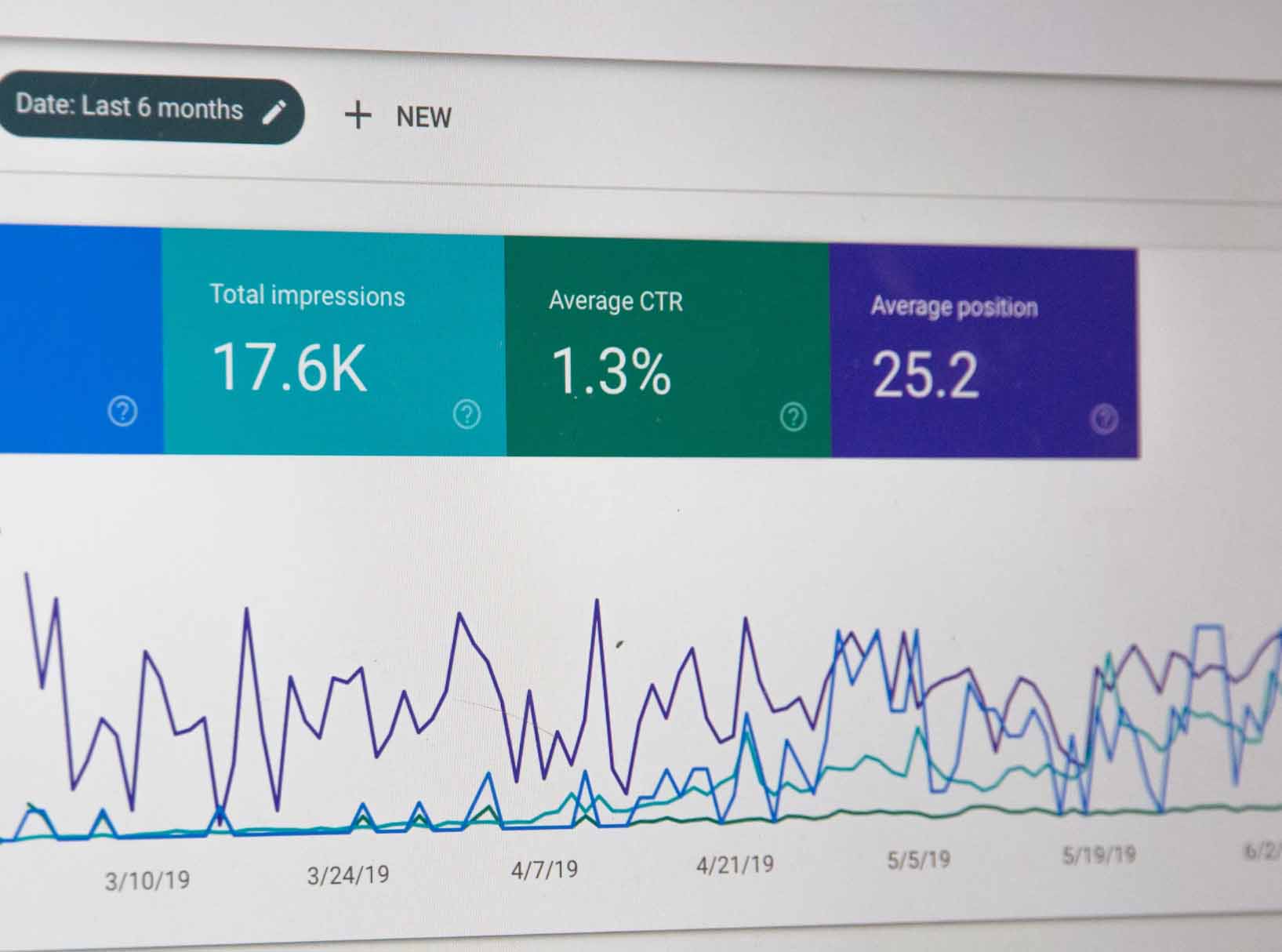While often used interchangeably, these two strategies serve distinct purposes and offer unique benefits for businesses looking to improve their online visibility and drive traffic to their websites. We’ll delve into the differences between SEO and SEM and explore how to best harness their power to achieve your marketing goals.
Understanding SEO and SEM
- SEO (Search Engine Optimization): SEO is the process of optimizing your website to improve its visibility and ranking in organic (unpaid) search engine results. This involves optimizing various aspects of your website, such as content, keywords, meta tags, and backlinks, to make it more appealing to search engines like Google and Bing. The goal of SEO is to increase organic traffic to your website and attract high-quality leads by ranking higher in search engine results pages (SERPs).
- SEM (Search Engine Marketing): SEM, on the other hand, encompasses a broader range of strategies aimed at increasing a website’s visibility in search engine results through both paid and unpaid methods. While SEO focuses solely on organic search results, SEM includes paid advertising options such as pay-per-click (PPC) advertising, Google Ads, and display advertising. The goal of SEM is to drive targeted traffic to your website quickly and efficiently, using a combination of paid and organic tactics.
Harnessing the Power of SEO
- Keyword Research: Start by conducting thorough keyword research to identify the terms and phrases your target audience is searching for. Use tools like Google Keyword Planner, SEMrush, or Ahrefs to discover relevant keywords with high search volume and low competition.
- On-Page Optimization: Optimize your website’s on-page elements, including title tags, meta descriptions, headings, and content, to align with your target keywords and improve search engine visibility. Ensure your website is user-friendly, mobile-responsive, and optimized for speed to enhance the user experience and improve your SEO performance.
- Quality Content Creation: Create high-quality, relevant content that addresses the needs and interests of your target audience. Publish blog posts, articles, guides, and other resources that provide value and demonstrate your expertise in your industry. Engage with your audience through social media, email marketing, and other channels to promote your content and attract inbound links.
Harnessing the Power of SEM
- Paid Advertising: Invest in paid advertising campaigns to complement your SEO efforts and increase your website’s visibility in search engine results. Use platforms like Google Ads, Bing Ads, and social media advertising to target specific keywords, demographics, and interests, and drive targeted traffic to your website.
- Ad Copy Optimization: Craft compelling ad copy that entices users to click on your ads and visit your website. Use clear and concise language, include relevant keywords, and highlight unique selling points to differentiate your ads from competitors and attract clicks.
- Conversion Tracking and Optimization: Implement conversion tracking tools like Google Analytics to monitor the performance of your SEM campaigns and measure key metrics such as click-through rate (CTR), conversion rate, and return on investment (ROI). Use this data to optimize your campaigns, refine your targeting, and maximize your advertising budget for optimal results.
Finding the Right Balance
While SEO and SEM offer distinct advantages, the most effective digital marketing strategies often combine elements of both approaches. By leveraging the power of SEO to improve your website’s organic visibility and investing in targeted SEM campaigns to drive immediate results, you can create a comprehensive marketing strategy that delivers long-term success and sustainable growth for your business.
In conclusion, SEO and SEM are powerful tools for increasing your website’s visibility in search engine results and driving targeted traffic to your website. By understanding the differences between these two strategies and how to best harness their power, you can create a winning marketing strategy that attracts, engages, and converts your target audience with ease.
